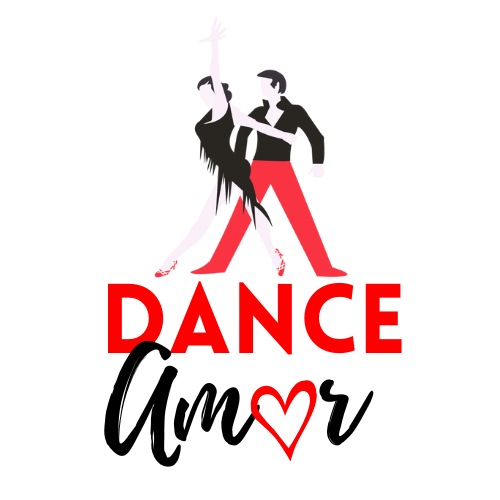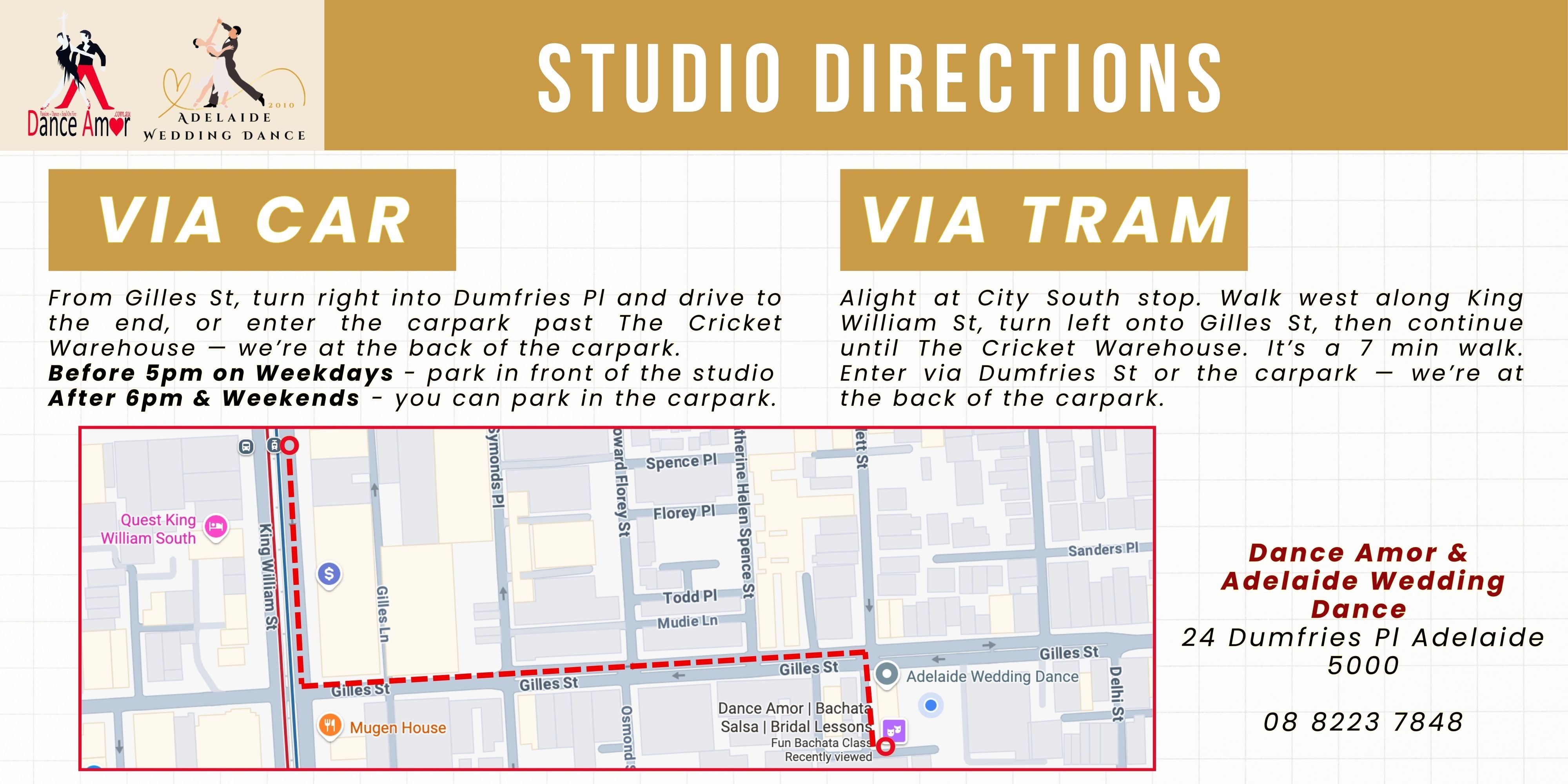Latin Dance Lessons 2
Private Latin Lessons
- We teach the following types of Latin dances at Dance Amor: Salsa, Bachata, Merengue, Cha cha, Samba, Mambo, Jive.
- “Even if you have danced a latin style before, there is unlimited scope to expand your knowledge and either try out something you haven’t before or build on your existing skills.”
- Why Latin dancing is so popular: Unrestricted experimentation, freedom to add in a personal touch and bring out your character, enhances improvisation skills, increases flexibility of your bodies to a great extent.

These are a few defining characteristics
↶ ↷
Timing
This is about moving to music, following the correct beat. It is a fundamental that must be achieved by all dancers. To be able to dance to timing, one must first be able to identify the various beats in the music. For those who have difficulty, the best way to improve this aspect is to listen to more music and consciously count the beats in your mind. A very important point to note is the timing occurs when the foot touches the ground, e.g. one hearing count 1, the a part of the foot must have touched the ground; if you wait till you hear count 1 and then start to move your feet to the final destination, you will be late.
Rhythm
Timing is about being on time to the beats. Having rhythm is about musical interpretation. Students can achieve this by good movement and controlled actions according to different rhythms of music. One must be able to feel the music, rather than just listening to beats in a straight manner. Certain movements may be delayed while some may be speeded up.
Character
Each of the dances in ballroom and Latin has different characteristics. It’s important to understand the differences so that each dance looks like what it is and not all look alike.
Floor craft
Students need to understand good traffic navigation. Floor craft can be achieved by changing alignment, changing variations or having checking action. Good lead and follow is an essential pre-requisite to floor craft. The leader has to be aware of the surroundings and constantly plan pre-emptive actions. This is a skill that takes time to master. Floor craft is probably more important in the moving dances (waltz, tango, foxtrot, quickstep, samba, Paso Doble) as there would be a need to avoid other couples on the floor while they are moving around. See article on “Floor craft” for more information.
Latin Dance Styles offered
Salsa – popular form of social dance that originated in the Caribbean. The movements of salsa have origins in Cuban Son, cha-cha-cha, mambo and Puerto Rican bomba and plena and other dance forms.
Bachata – style of social dance from the Dominican Republic which is now danced all over the world. It is associated with close dance position, sensual body movements and tap or syncopation.
Samba – dance of black/African people in Brazil who brought much of their music and dance culture into Latin America upon arrival into many Latin American countries.
Rumba – the term rumba was used as a synonym for “party” in northern Cuba, and by the late 19th century it was used to denote the complex of secular music styles known as Cuban rumba
Cha Cha – is a dance of Cuban origin. The name of the dance is an onomatopoeia derived from the shuffling sound of the dancers’ feet.



